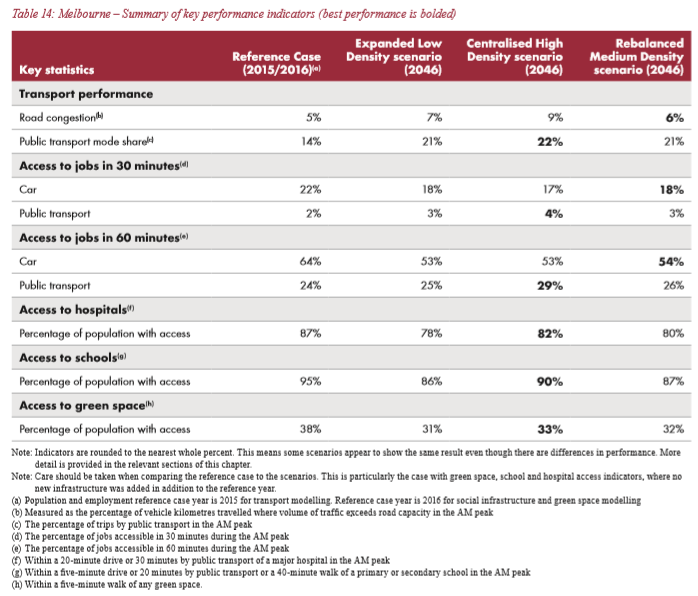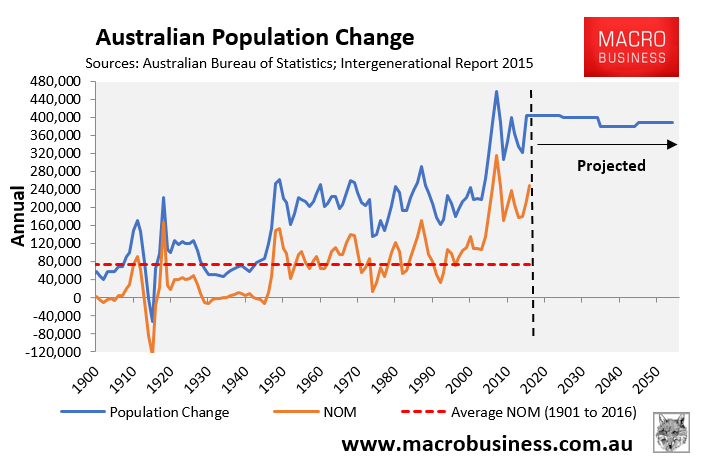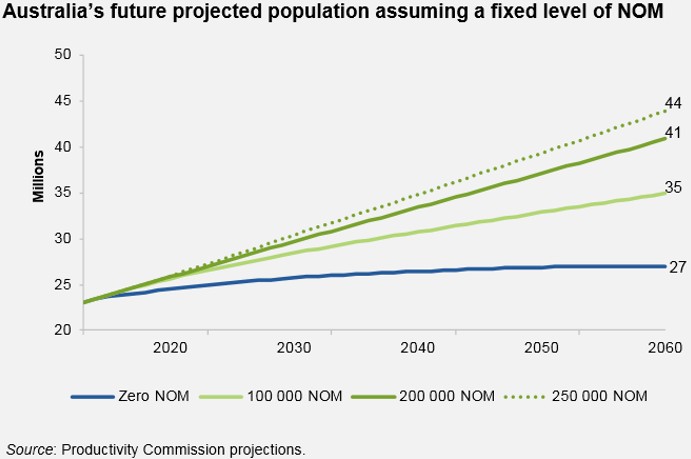It seems Melbournians are finally cottoning on to the direct link between Melbourne’s immigration-fuelled population explosion, according to a regular opinion survey by Sydney University’s Institute of Transport and Logistics. From The Age:
“There is a clear sense [from the survey] that accelerated population growth in the past decade, driven mainly by migration to Melbourne and Sydney from overseas, poses an existential threat to … the health of their transport systems”…
The Public Transport Users Association’s analysis calls for roads to only be built at the rate the population is growing… “Whether Melbourne grows to a city of 6, 8 or 12 million, or even somehow remains at 5 million, it cannot afford a repeat of the decades between 1966 and 2004 where growth in road travel outruns growth in population while public transport use barely keeps up”…
I’ve got news for the Public Transport Users Association: traffic congestion and travel times will continue to increase, irrespective of how Melbourne builds-out. This was made abundantly clear by Infrastructure Australia’s recent modelling, which showed that as Melbourne’s population surges to a projected 7.3 million people by 2046, traffic congestion and access to jobs, schools, hospitals and green space will all materially worsen under every scenario:

The first best solution to alleviating Melbourne’s transport crush is to stem the flow of new bodies into the city by normalising Australia’s immigration intake:

A Melbourne of 6 million people mid-century will be far easier to get around than a Melbourne of 8 million-plus. It’s hardly rocket science.
Rather than putting up with this ‘Big Australia’ madness, and the accompanying choking of living standards, it is also worth considering what Melbourne was like before it embarked on its hyper-growth fetish.
The below videos show Melbourne’s public transport system in the 1980s and early-to-mid-1990s, which was a time characterised by minimal congestion and relaxed commuters. I remember this period well as it corresponds to when I took public transport to school and then university (I finished year 12 in 1995). Back then, over-crowding was rare and getting a seat was generally easy, even during the peak periods.
Add the fact that roads were also unclogged and houses were also cheap and it is easy to conclude that living standards were much better back then for the typical Melbourne household.
Since the mid-1980s, Melbourne has added around two million people and we’ve witnessed the dire results. Just imagine how bad the crush-loading will become if the city is allowed to add another three million people in around 30 years, taking the city’s population to a projected 8 million people?
Australia’s future population will be set primarily by its immigration intake. It is a policy choice how big and crowded Australia becomes (see next chart).

Slash immigration. Our future living standards depend on it.

